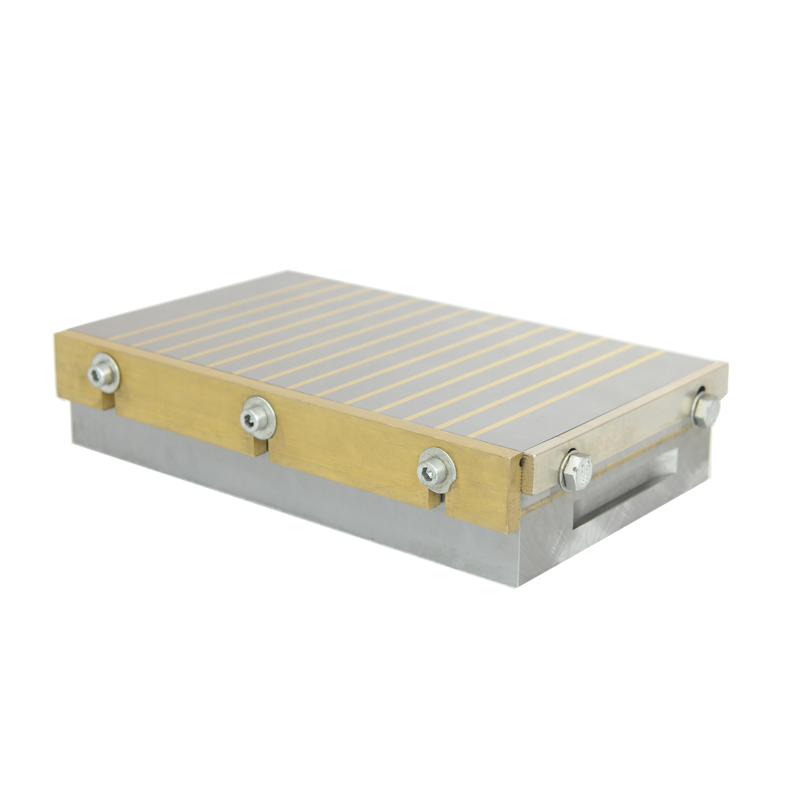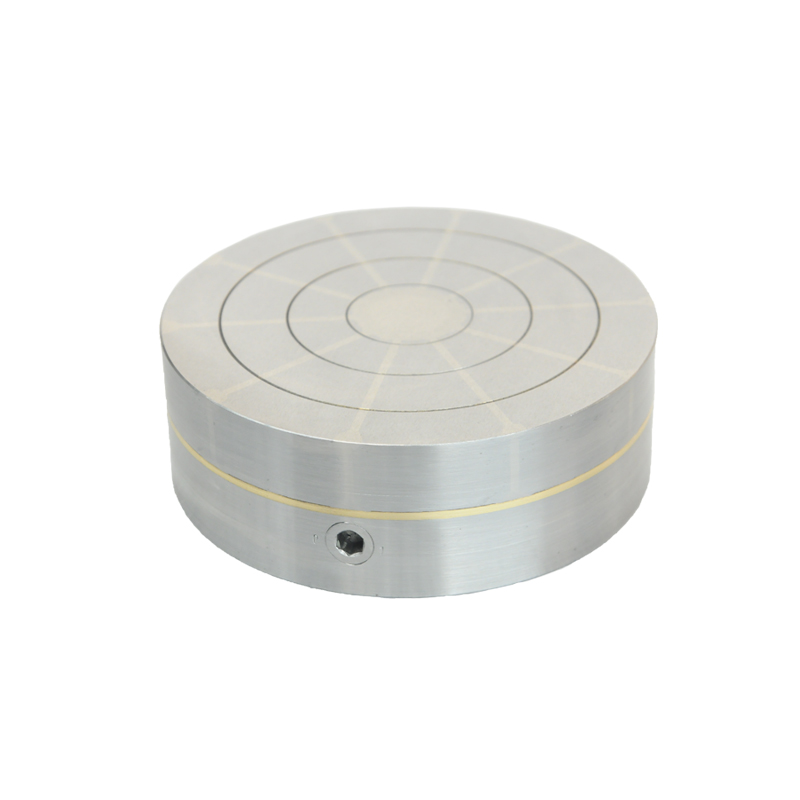The General Administration of Quality Supervision, Inspection and Quarantine named Toyota as not required to recall
Permanent Magnetic Chuck,Magnetic Chuck,Electro Permanent Magnetic Chuck,Permanent Magnetic Grinder Chuck NINGBO SHINE MAGENETIC TECHNOLOGY CO.,LTD , https://www.shinemagnets.com
Camry and Reiz were named at the press conference held by the General Administration of Quality Supervision, Inspection and Quarantine on August 29. General Manager of the General Administration for Quality Supervision, Inspection and Quarantine, Li Yuanping, spokesperson of the General Administration of Quality Supervision, Inspection and Quarantine issued basic information on the quality of products in the first half of 2011 and 5 categories of home improvement products in 2011. Three aspects of the quality supervision and inspection results and the “Quality Month†activities related to the situation, in terms of automobiles and accessories, he pointed out that in the first half of the year, the recalls totaled 672,989 vehicles for 36 times, involving recalls of domestic cars 14 times, 628,487 vehicles. 22,502 vehicles were recalled 22 times.
Some of the companies that were specifically named include the products of Toyota and Hankook Tire. Li Yuanping said: "The Toyota Camry, Tianjin Reitz, and the overbearing Toyota Motor vehicles suffered from multiple accidents such as breaking, detachment of the axle, rupture of the front brake discs, and failure of brakes, resulting in greater casualties and property damage. After the problem of over-returning of rubber compound was exposed, the investigation revealed that some batches of Hankook Tire had potential quality and safety problems due to design or manufacturing process problems, which could lead to the exposure of the inside cord of the tire's carcass, causing a puncture accident and affecting traffic safety.†It also stated that the AQSIQ will establish a vehicle safety information sharing mechanism with related departments to promote the legislative process of the “Regulations on the Recall of Defective Automotive Productsâ€, improve the supervision system for defective product recalls, and improve the work mechanism for recall management. .
Three months ago, Toyota Motor had recalled 2011 models of VENZA and SIENNA passenger cars produced in the US from March 7, 2011 to March 10, 2011 due to hidden dangers in the vehicle axle. The reason is that the right front half shaft of a 4WD vehicle is not properly heat-treated, resulting in insufficient strength. This part may break during use, resulting in the vehicle unable to drive. "If the axle suddenly breaks during driving, the vehicle will lose its driving force without warning and increase the risk of a collision." However, the number of recalls at the time was not large, and the number of Toyota cars involved was only 50. .
Regarding the appointment of the General Administration of Quality Supervision, Inspection and Quarantine, Shinichi Sasaki, executive vice president of Toyota Motor Corporation, said in an interview in early September that Toyota has met with officials of relevant Chinese government departments to discuss the above issues but has not been required to recall the above models. "We were asked to investigate the situation, not the recall," Sasaki told reporters when attending an event in Yokohama.
“In China, Toyota’s related personnel have started to investigate the vehicles involved in this order,†said Toyota Kunihiro, a spokesman for Toyota Motor Japan. The spokesman for the car manufacturer in Beijing, Yokoyama, said that he is working to confirm the cause of the accident and is unable to respond.
"It is bizarre that they (AQSIQ) pointed out the problems, but they did not order them to recall these models," said a scholar who studies Asian manufacturing.
Failure to sell well The words “brake failure†and “broken axis†mentioned in the AQSIQ report undoubtedly highly stimulated the nerves of Toyota. The rapid expansion of Toyota's production in China has also made it difficult to manage the production chain. On May 19th, FAW Toyota's Sichuan new factory with a total investment of 3.6 billion yuan was completed and put into operation. Toyota's production capacity in China increased to 820,000 vehicles. In addition, Toyota plans to restart the FAW Toyota Changchun new plant project with a total investment of 3.8 billion yuan, which is expected to be put into production in the first half of next year, when Toyota's production capacity in China will expand by 100,000 units.
“AQSIQ's report is limited to the first half of the year. From this point of view, the aforementioned Toyota branded vehicle models do not focus on the problem.†A person in the auto complaint industry told Times Weekly. In this person's view, the hidden dangers of Toyota's steering engine are even more noteworthy.
In December 2008, FAW Toyota produced Reiz for the production of the crown from February 21, 2005 to October 25, 2006, Reiz produced from October 18, 2005 to October 27, 2006, and February of 2004 to 2006. The 4,576 Lexus GS300/430, IS300, and RX400h vehicles produced during September were recalled. The recall involved a total of 121,930 vehicles. When the steering wheel is turned left or right, the electric steering rod assembly assists in reducing the power, resulting in a heavy steering wheel operation. For the batch of problem steering machines, the manufacturer promises to recall. It is understood that the cause of the failure of this steering engine is that the components attached to the magnetic sticking surface of the motor shaft of the electric steering linkage assembly will cause the adhesion of the magnetic stripe to decrease and deviate from the normal position, eventually leading to poor rotation of the motor shaft and the resulting direction manipulation. Lack of help. The recall involved a total of 54,657 Reiz and 62,517 crowns.
"Let some car owners can not accept is that it is not easy to wait until the direction change machine, soon after the direction of the aircraft will appear a new failure." The person pointed out that "recall seems to be a temporary solution."
Before the AQSIQ was named, Toyota had recalled millions of cars in the United States over the past two years because of allegations of sudden acceleration. Due to the fact that some accelerator pedals cannot be returned to the home position after the accelerator pedal is depressed, or slow return, Toyota has announced a series of recalls of cars since January 21 last year. So far, it has recalled nearly 8 million vehicles worldwide.
The rapid increase in the number of private cars in recent years has become a frequent cause of traffic accidents. In the past year, the number of traffic accidents in China has increased by 36% year-on-year to 3.9 million, which prompted the Chinese government to ignore the quality of vehicles. Of the cars that were recalled in China in the first half of this year, more than 90% of the vehicles were produced at local factories. In February of this year, China had asked Toyota to explain why the country did not cover the global recall. China’s regulatory authorities said they hope Toyota can ensure that Chinese consumers’ safety and rights are protected.
Due to the suspension of production and component shortages caused by the March earthquake in Japan, Toyota, the world’s second-largest automaker, experienced a decline in sales in China, the world’s largest auto market. In the first half of 2011, the overall growth rate of production and sales in the Chinese automobile market was 1.4%, but the production and sales volume of the Toyota brand was 321,400 units, a year-on-year decrease of 13%. The performance of the two joint ventures is also less optimistic. According to data released by the China Association of Automobile Manufacturers, in the first half of this year, FAW Toyota's production and sales volume was 209,800, ranking 12th among Chinese auto companies. In the same period last year, FAW Toyota sold 238,000 units, ranking 10th. In the first half of 2011, the production and sales volume of GAC Toyota was 111.6 thousand units, which dropped out of 20; compared with 232,500 units of GAC Toyota sold in the same period of last year, it ranked 17th in the sales ranking of Chinese auto companies.
The Japanese Mizuno Credit Advisory Service pointed out that if the relevant department requires Toyota to implement a recall on the relevant models mentioned, this will cause the brand's sales to decline further this year.
“AQSIQ's question points to the same vehicle hazards as the previous US accusations of Toyota. Toyota must attach great importance to this.†said Mizuno, the head of the consulting agency. “If this recall raises the call, it will further damage Toyota’s Reputation and sales."
But there are also different opinions that consumers are increasingly rational in behavior. This time, Toyota’s being named will not seriously affect Toyota’s sales. “After all, Toyota’s domestic partners FAW and GAC are very strong. This is not a matter of Toyota†. 
